The Service Design Award is currently open for submission again. Submit your project for a chance to win and present at the Service Design Global Conference in Toronto this year.
"Baby" - Reducing Stress and Increasing Parent Spend Through Design
Designing an improved shopping experience for Ireland's largest grocery retailer, in order to attract and support parent shopping with small children.
Introduction
The client, Ireland's largest grocery retailer with operations in Ireland and Spain, had identified an ongoing price war within the parental shopping segment in Ireland which had resulted in a competitive race on price in baby products. In some cases, products were
sold at or even below cost.
The company is founded on it’s strong values and they are known for their high-quality products, great service and strong local community engagement. Staying true to the company’s brand, the objective of the service design project was to identify ways to compete in the baby aisles without being drawn into the price war with the competitors. In addition to increasing footfall and driving spend holistically, the aim was to drive significant revenue growth in this specific shopper segment both in the baby category and throughout the stores, by offering a superior parent shopper experience.
Over four months, we co-created a compelling value proposition for parent shoppers, that not only offers a competitive in-store customer experience but also meets and exceeds our client’s business objectives. As a direct result of the service design project, the improved
customer experience and the new solutions have been estimated to achieve an incremental annual revenue of €4.84M.
Process
The project process was based on Design Council’s Double Diamond model, with an emphasis on human-centric design and co-creation. A total of 45 customers were engaged throughout the process, along with a variety of important stakeholders from the client organisation.
Starting with a 4-week Insight phase, we utilised ethnographic research methodologies to gather qualitative data from customers. The research methodologies chosen were design probes and semi-structured interviews, that allowed us to gather two kinds of qualitative
data: data documented by the customer in their every day and data gathered by the designers in the in-depth interviews.
After analysing the design probe results (1 week, 5 assignments, each containing 5-7 tasks), 8 of the 12 customers were chosen to take part in the in-depth interviews, to dive deeper into the experiences of parent shoppers, following up on the probe themes. The 8
customers chosen for this phase were chosen to represent a variety of different needs and life situations. Some were more concerned about finding the best quality food for their child (organic, local) whereas others struggled with the shopping trip itself.


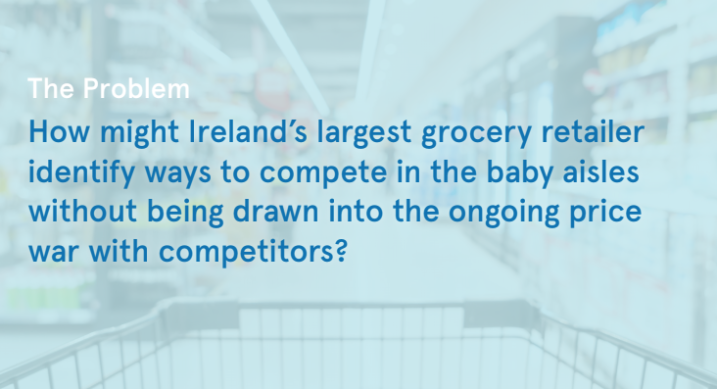
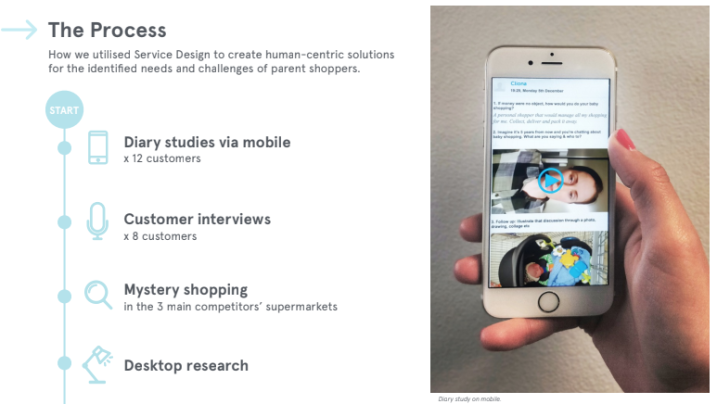
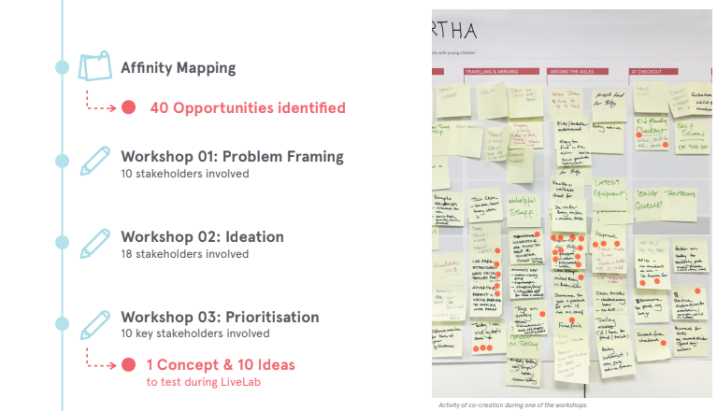
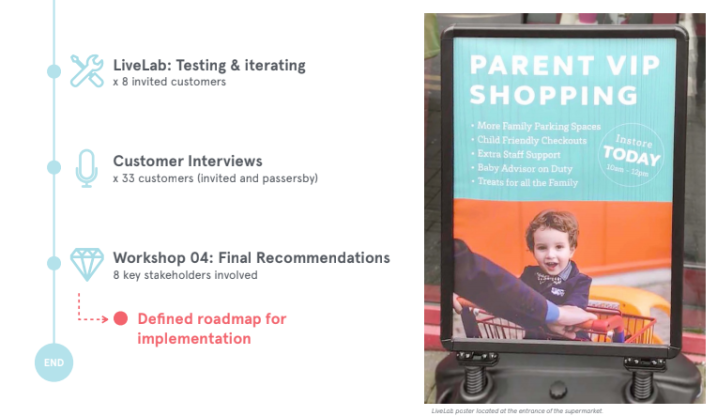
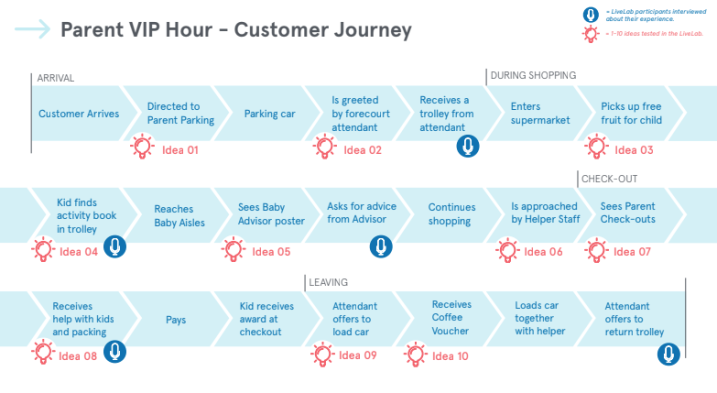
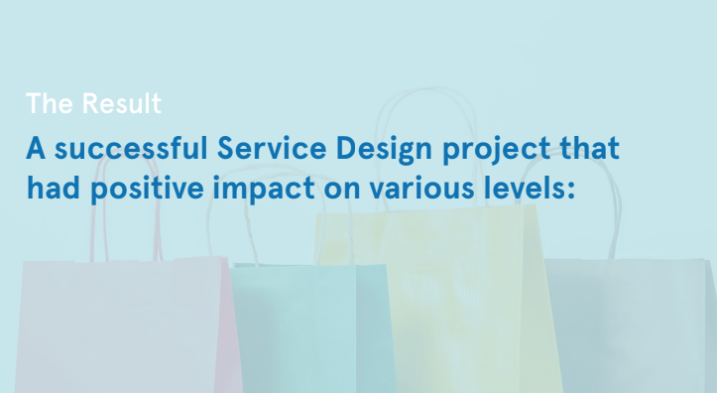
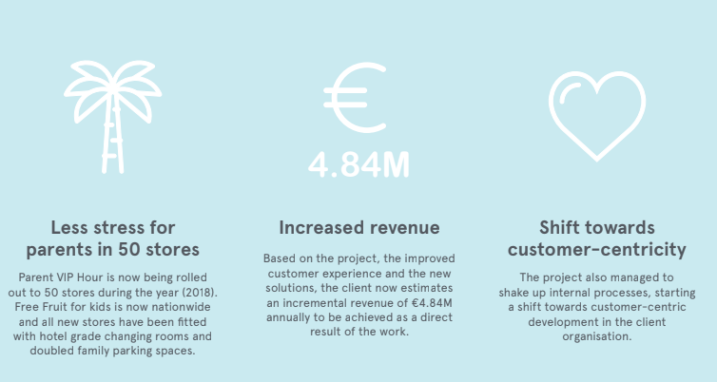

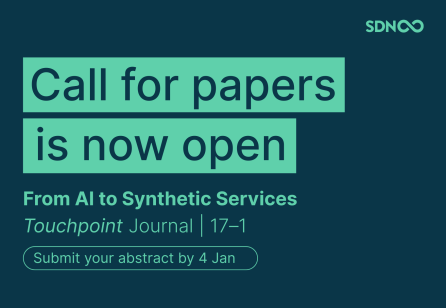



Share your thoughts
0 RepliesPlease login to comment